Table of content
Introduction
White tea, known for its delicate flavor, subtle aroma, and myriad health benefits, has garnered significant attention in recent years among tea enthusiasts and health-conscious individuals. Among the various forms of white tea, tea bricks—compressed blocks of tea leaves—offer a unique experience, blending tradition with convenience. However, discerning the quality of white tea bricks can be challenging, especially for those unfamiliar with the nuances of this tea type. This comprehensive guide aims to equip you with the knowledge and skills necessary to identify and appreciate high-quality white tea bricks.
Understanding White Tea Bricks
Before diving into the specifics of quality assessment, it’s crucial to understand what white tea bricks entail. White tea bricks are a type of compressed tea, originating from the Fujian and Yunnan provinces of China. They are typically made from the buds and young leaves of the Camellia sinensis plant, which are withered, lightly oxidized, and then pressed into bricks for storage and transportation.
The process of making white tea bricks involves several steps, including plucking, withering, fixing (stopping oxidation), drying, and finally compressing the tea leaves into a brick shape. This traditional method of tea processing preserves the natural enzymes and antioxidants present in the leaves, contributing to white tea’s distinctive taste and health benefits.
Why Assess Quality?
The quality of white tea bricks can vary significantly based on several factors, including the origin of the tea leaves, the processing method, storage conditions, and age. High-quality white tea bricks offer a superior taste experience, richer aroma, and potentially greater health benefits. Conversely, poor-quality bricks may taste bland, have an unpleasant aroma, and contain fewer beneficial compounds.
Assessing the quality of white tea bricks is essential to ensure you’re getting the best value for your money and enjoying the full potential of this tea type. It also helps support sustainable tea production practices and encourages the preservation of traditional tea-making techniques.
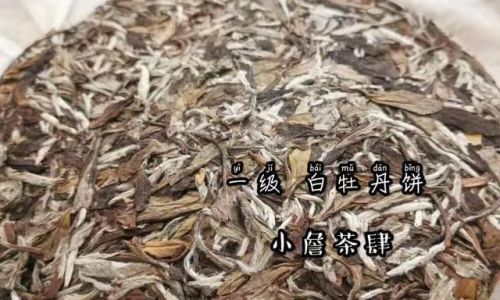
Key Factors to Consider
Origin and Varietal
The origin of the tea leaves plays a crucial role in determining the quality of white tea bricks. Teas from reputable regions, such as Fujian’s Fuding and Zhenghe counties, are often considered superior due to their ideal climate and soil conditions. These regions are known for producing tea leaves with a distinct flavor profile and higher concentrations of beneficial compounds.
Varietal refers to the specific type of Camellia sinensis plant used. Some varietals, such as the Da Bai (Big White) and Bai Hao Yin Zhen (Silver Needle), are highly valued for their delicate taste and aroma. Understanding the varietal can provide insight into the expected characteristics of the tea brick.
Appearance
Visual inspection is one of the first steps in assessing the quality of white tea bricks. A well-made tea brick should have a uniform appearance, with tightly compressed leaves that maintain their shape and structure. The color of the leaves should be a natural, pale green or silvery white, indicative of minimal processing and oxidation.
Look for signs of mold, discoloration, or excessive fragmentation, which may indicate poor storage conditions or improper processing. High-quality bricks often have a smooth, glossy surface, with leaves that are easy to separate when broken apart.
Aroma
The aroma of white tea bricks can provide valuable clues about their quality. High-quality bricks should have a fresh, floral, and slightly sweet scent, reminiscent of honey, peaches, or fresh herbs. This aroma is a result of the careful processing and preservation of the tea leaves’ natural oils and enzymes.
Poor-quality bricks may have a faint, musty, or unpleasantly earthy aroma, indicating that the leaves have undergone excessive oxidation or have been stored in suboptimal conditions. Take time to inhale deeply and note any nuances in the aroma, as this can greatly influence your overall tea experience.
Taste
Taste is the ultimate test of a white tea brick’s quality. High-quality bricks offer a smooth, mellow, and slightly sweet taste, with a hint of bitterness that balances the overall flavor. The aftertaste should be clean and refreshing, leaving a lingering sweetness or floral note.
Poor-quality bricks may taste dull, bitter, or astringent, with a lack of complexity and depth. The taste can also be influenced by the brewing method, so it’s important to use the recommended water temperature, brewing time, and tea-to-water ratio to get an accurate assessment.
Leaf Condition
Examining the leaves after brewing can provide further insight into the quality of the tea brick. High-quality leaves should be soft, supple, and maintain their shape and color. They should expand fully when soaked in water, revealing a vibrant, natural green or silvery hue.
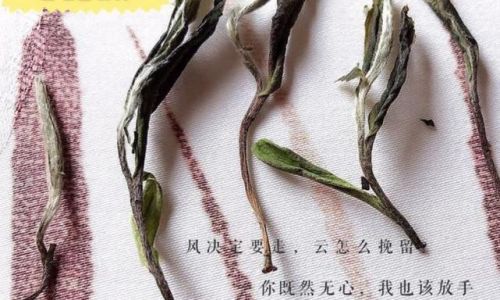
Poor-quality leaves may be brittle, discolored, or overly fragmented. They may also fail to expand fully, indicating that they have lost their vitality and natural oils due to improper processing or storage.
Age and Storage
The age of white tea bricks and the conditions in which they have been stored can also affect their quality. Properly aged white tea bricks can develop a more complex flavor profile, with notes of caramel, nuts, and even a hint of smokiness. However, aging requires specific conditions, including a cool, dry, and odor-free environment.
Poorly stored bricks may develop off-flavors, such as mold, dampness, or mustiness. They may also lose their color and aroma over time, becoming dull and lifeless. When purchasing aged white tea bricks, always seek out reputable sellers with a proven track record of storing tea correctly.
Packaging and Labeling
The packaging and labeling of white tea bricks can also provide clues about their quality. High-quality bricks are often packaged in airtight, moisture-proof containers to preserve their freshness and aroma. The labels should provide detailed information about the tea’s origin, varietal, production date, and storage recommendations.
Poor-quality bricks may be packaged in substandard materials, such as thin plastic or cardboard, which do not provide adequate protection against moisture and air. The labeling may be vague or misleading, lacking essential information about the tea’s provenance and quality.
Conclusion
Discerning the quality of white tea bricks requires a combination of knowledge, observation, and taste. By understanding the key factors that influence tea quality, such as origin, appearance, aroma, taste, leaf condition, age, and packaging, you can make informed decisions and enjoy the full potential of this unique tea type.
Remember, high-quality white tea bricks offer a superior taste experience, richer aroma, and potentially greater health benefits. They are worth seeking out and investing in, as they provide a deeper connection to the tea’s origins and the traditional methods used to produce them.
As you continue your journey of exploring white tea bricks, keep an open mind and a discerning palate. With time and practice, you’ll develop a refined sense of what constitutes high-quality tea, and your appreciation for this ancient beverage will continue to grow. Happy tea tasting!

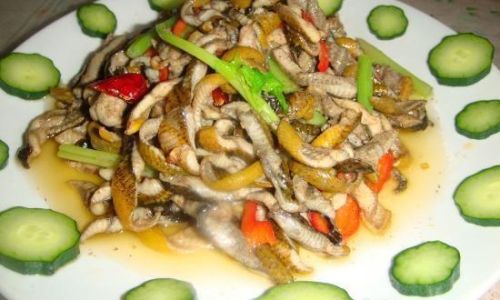
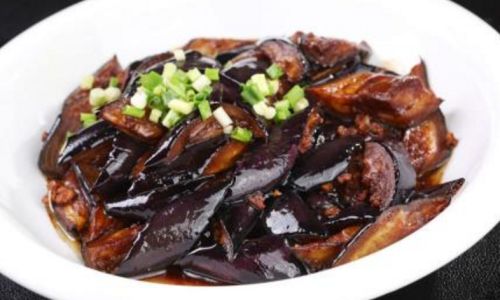
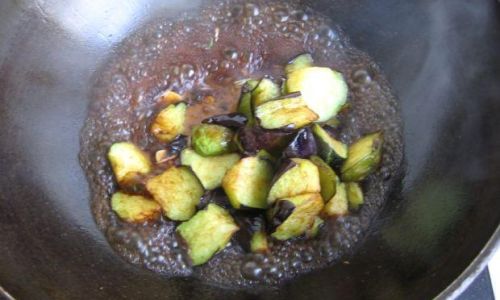
0 comments